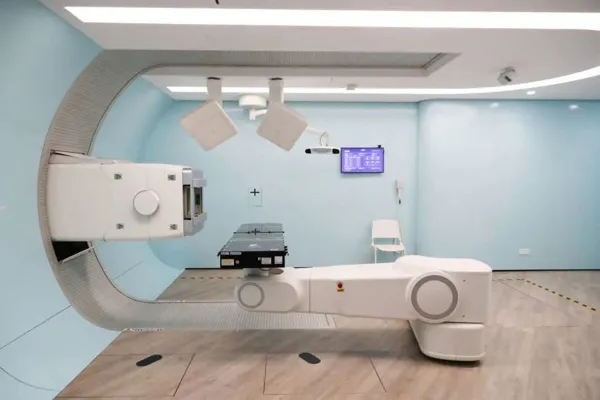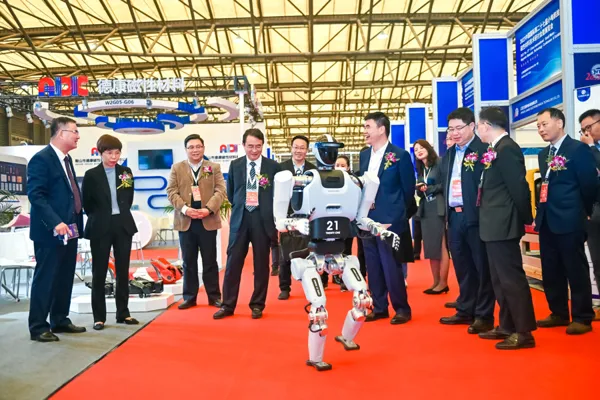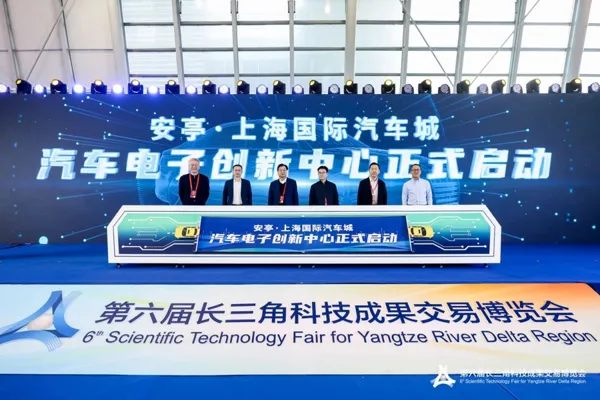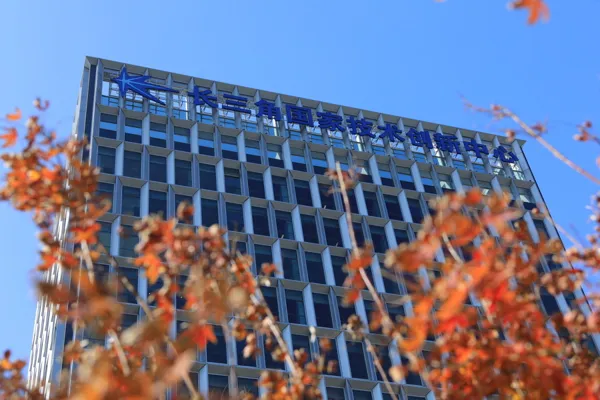Remember the extreme forest fires in Canada? Chinese scientists call for forest fire carbon emissions to be included in global carbon accounting system
Forest fire is a common disturbance process in forest ecosystems, which significantly affects the composition, structure and succession characteristics of forests, thereby changing the material cycle and energy flow of forest ecosystems. On December 7, the Chinese Academy of Sciences released the "Blue Book on Forest Fire Carbon Emission Research."
The "Blue Book" pointed out that between 2001 and 2022, the global average annual forest fire area was 46.95 million hectares, which was 11 times the average annual increase in the area of artificial forests during the same period. During this period, global forest fires emitted a total of 33.9 billion tons of carbon dioxide, which can increase atmospheric carbon dioxide concentration by 4.35ppm, becoming a source of carbon emissions that cannot be ignored. There are obvious spatial differences in carbon dioxide emissions from global forest fires. Carbon dioxide emissions from forest fires in high-latitude coniferous forests in the northern hemisphere show a rapid increase trend.
The "Blue Book" shows that due to the influence of climate change and human activities, the frequent occurrence of extreme forest fire events is the main reason for the increase in global forest fire carbon emissions in recent years. The "Blue Book" sorted out typical extreme forest fire events around the world. Taking the extreme forest fire event in Canada in 2023 as an example, the forest fires directly emitted more than 1.5 billion tons of carbon dioxide, which is higher than the carbon dioxide emissions produced by forest fires in Canada in the past 22 years. In total, the carbon sink function of the forest ecosystem is seriously weakened. In addition, from May to August 2023, Canadian forest fires emitted a total of 10.02 million tons of PM2.5. The environmental pollution caused not only affected the entire country, but also had a significant impact on the air quality in vast areas of the northern hemisphere through atmospheric circulation.
China's forest area accounts for 5.4% of the world's total, but forest fire carbon emissions account for only 0.65% of the world's total forest fire carbon emissions, significantly lower than the global average. From 2001 to 2022, China's forest fire carbon emissions showed a significant downward trend, with the average annual CO₂ emissions being 10 million tons.
Experts call for forest fire carbon emissions to be included in the global carbon accounting system in the future, while at the same time strengthening the prevention and management of extreme forest fires, deepening relevant scientific research and international cooperation, and jointly actively responding to global climate change.
The blue book was led by the Shenyang Institute of Applied Ecology, Chinese Academy of Sciences, and jointly compiled by the Institute of Earth Environment, Chinese Academy of Sciences, the Institute of Atmospheric Physics, Chinese Academy of Sciences and other units.





